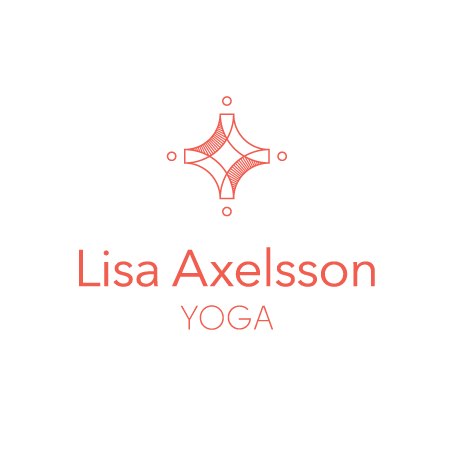After a long absence from my “blog” (it’s hardly a blog though seeing as I haven’t written since 2017!! oh dear!) I have decided to start writing short weekly posts about aspects of yoga that I am sharing in my classes but also want to share with you here, little thought offerings. Some weeks they will be based on the physical alignment, maybe particular poses, some weeks they will look at yoga philosophy, other weeks the breath, and probably everything in between too. They will be short, easy to read and digest snippets that I hope you enjoy reading and learning about :) so here goes….!
This week I wanted to talk a little bit about how we should practice yoga asana, which is a pretty big question to answer in a short snippet, but there is a surprisingly simple answer from the ‘Yoga Sutras’ written by the sage Patanjali over 2000 years ago (although we have no exact date of writing). The ‘Yoga Sutras’ is a collection of 196 aphorisms (An aphorism is a brief sentence or phrase that expresses an opinion or makes a statement of wisdom) on the theory & practice of yoga. Of these 196 sutras, just 3 sutras relate to the physical practice of yoga.
Just 3!! That is less than 2% of the whole text.
Of those 3, one in particular strikes me, which is sutra 2.46 :
“sthira-sukham asanam”
This can translate as: asana should be practiced with steadiness & ease.
What does steadiness & ease mean? I like to think of it as being rooted & steady in whatever physical shape we might be in, as well as finding a sense of ease in this shape, in the breath, and in the mind. Ease through the breath, the body and the mind. This sounds easy right? But finding steadiness in some of the shapes we go into can already be a challenge, so ease on top of this can feel very far away. However, we can think of the mind as a muscle too and with our practice we can slowly start to train this muscle.
Through the awareness of our mind we can find ease in effort, calm in strength and steadiness in movement.
Each time we come back to this awareness, we strengthen this muscle so that the sense of ease becomes more natural both on the mat, and then also off the mat too.
So that’s it, we should practice asana (poses/shapes) with steadiness & ease. That is all. The Yoga Sutras make no reference to how ‘deep’ we should go into a pose, nor how flexible we should be, nor how many vinyasas we should do, nor handstands or headstands, but just to be steady & at ease.
Next time you step onto your mat, see if you can find this sense of steadiness in your practice. Good ways that help me notice if I am steady and at ease are to ask myself the following questions:
Am I rooted? Am I stable? Do I feel like I have control of my body, or am I shaking and collapsing?
Can I breathe with ease?
Am I present, right here and now?
Is my jaw relaxed?
Can I bring a small buddha-smile to my face easily?
Hope you enjoyed this little snippet from my world of yoga, please feel free to comment with any thoughts this might have brought up for you!
